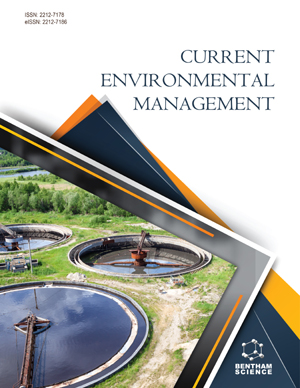Abstract
Background: The study was conducted in-situ at the INCA Pond system in the City of Boynton Beach, Florida which has experienced issues with the formation of harmful algae blooms that create nuisance complaints and unhealthy conditions in the water and surrounding area.
Objective: The EMOH device is designed to supersaturate water as a means to deter harmful algal blooms. This pilot study was conducted to determine if an Electromagnetic Hydrolysis (EMOH) device can improve the health of residential surface water by adding dissolved oxygen to the water to allow the existing bacteria to remove the substrate that provides a food source for blue-green algae outbreaks when combined with naturally occurring aerobic bacteria. Methods: Combining the EMOH device with naturally occurring aerobic bacteria demonstrated that a pond that normally contained a low DO and copious amounts of algae, would contain fewer algal blooms, that the bacteria would consume the detrital layer on the bottom of the pond that acts as nutrient source for the algae and that DO levels increase with temperature, in contrast to expectations. Four configurations were compared. Results: The EMOH device successfully reduced the detrital layer on the bottom of the pond and experienced fewer algal blooms. The use of surface aeration permits the oxygen to escape, so having the EMOH discharge below the surface increases efficiency. Conclusion: The EMOH device successfully accomplished its intended goals.Keywords: Aeration, algae reduction, detrital matter removal, nutrients, eutrophication, harmful algal blooms.
Graphical Abstract
[http://dx.doi.org/10.1016/j.rse.2015.01.025]
[http://dx.doi.org/10.5539/enrr.v5n2p121]
 14
14 2
2


